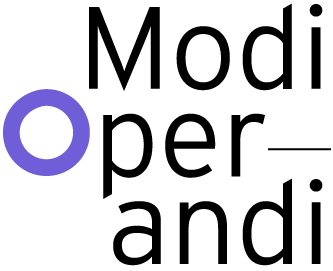TWO PARALLEL TEXTS
The formal structure of the prison can be understood as the result of a more general reflection on the architectural interpretation of the void, both as a physical presence and as a conceptual image.
As I have already suggested, Simone Pizzagalli emphasises the empiricism of his design investigation. The compositional process[9] unfolds through a sequence of diagrams that reveal the conceptual genesis of the project through the interaction between writing and drawing. Analogous to the ‘lists’ of Georges Perec, the written texts are mainly lists of nouns that reproduce in a literal form the chaotic experience of the places encountered: the areas immediately surrounding the East London Railway Line stations. The sequence of diagrams, in which we find references to both minimalism and conceptual art, from Sol Lewitt to Dan Graham, gives rise to progressive overlapping and contamination between drawing and the written word. Pizzagalli contrasts the city’s fragmentary nature – represented by words naming the disordered succession of spaces and heterogeneous objects, whose significance seems to have been lost for good – with erasures, intervals, interruptions and excavations within the compact mass of words, so that various configurations of the void as a potential spatial structure are allowed to emerge. A new spatial narrative is explored through this contamination, one where void and repetition become the major instruments of the composition. But in the continuous and chaotic flow of sensations stemming from the experience of the city, the interruptions constituted by abandoned or residual areas, such as the one chosen for the prison, allow one to glimpse the possibility of an additional and wider story, one that goes beyond the dimension of the architectural object.
These nameless spaces where the fabric of the city is interrupted, areas of physical and social decay from which every meaning or value seems to have vanished, have in recent years provided a field of investigation for photographers, filmmakers and anthropologists, all of whom have contributed to the construction of a new urban imagery connected to an aesthetic of marginality and ‘formlessness’, reflecting the crisis and dissolution of the city’s form as a value. The reclamation of these spaces has often been associated with their ‘rediscovery’ through neo-Situationist practices, or actions of temporary and informal re-appropriation, in search of a form of sociality that is free from conditioning and therefore more ‘authentic’. Nevertheless, these multiple ‘resistance tactics’ have difficulty translating themselves into a real critical alternative to the construction of the city. The alterity of these nameless spaces, once sublimated into an image or into the theatricality of the Situationist event, is ready to be absorbed by the incessant reproduction of the ‘generic city’, where every difference, every conflict or value, appears to have been eradicated.
With respect to these interpretations, I feel a different intent in Simone Pizzagalli’s work: the decision to consider the void as a strategy for an alternative, morphological reading of the city. Interpreting the urban context starting from its derelict areas entails removing these spaces from the sphere of representation in order to concentrate on their concrete structural form, on their actual physical ‘existence’.
From this point of view, the void is not perceived as an absence or symbol of decline (of form and value), but rather as a space loaded with tensions and potentialities, a place where a variety of fragmentary traces have accumulated which are open to new interpretations. Voids are part of the city, and contemporaneously, they are places where everyday rhythms are suspended and where ‘silence’ emerges as a conceptual image to be explored through design. As Simone Pizzagalli puts it: ‘…silence is what distinguishes a void from an empty space. The absence of any rational and conclusive formal value is a sign of the rich potential and profound otherness of the void. Its capacity to evoke analogous meanings and forms in our memory and imagination defines a void as an excavation into all the possible formal and overlapping interpretations of a space, whether realised or hypothetical.’[10]
Conserving the otherness of these spaces without falling into the romantic contemplation of their marginality is an issue the contemporary city presents to architectural design. Hence, in Spaces, Poetics and Voids we find allusions to artists who have worked on ‘the void as technique’, from Gordon Matta-Clark to Alberto Burri and Lucio Fontana. To these we can add the ‘silences’ of Mies van der Rohe’s urban projects. In the works of these artists, the strategic use of silence and void express a subversive potential: void and silence become the linguistic tools of a critical stance towards reality and the mechanisms of its reproduction.
